I felt a bit anxious on the ferry from Seoul (Incheon), South Korea to Qingdao, China. China always seems like such a foreign place, so different in culture, language, even political beliefs than much of the western world. Travelers I spoke with who hadn’t been to China were always wary (including myself): “the language barrier must be a big problem”, “Isn’t it dangerous?”, “Isn’t it hard to get around?”. Traveling to China became a huge priority for me because of these perceptions and because of difference in culture. I was also excited for the historical sites in China, which dwarf anything in North or South America in terms of age and scale.
I had been to China once before when I was a sophomore at Penn State as part of the International Scholar Laureate Program, a three-week technology conference and tour of Beijing, Qingdao, Shanghai, Suzhou, and Lhasa. The program was largely sheltered, as we stayed in hotels and buses and had Chinese tour guide to help with everything. I didn’t feel like I really got an authentic experience of China.
This time, I wanted to see some of the less traveled places of China. I wanted to venture out inland and find some hidden gems that not many western tourists know about. My journey started in Qingdao.
Qingdao is a beautiful modern Chinese coastal city,8.7 million people, new buildings and hotels, nice beaches, and lots of wealth. Originally built by the Germans, it’s fitting that Qingdao is most known for its world famous beer, Tsing Tao (old spelling of the city).
I spent a few days in Qingdao getting reacquainted with Chinese culture and sampling the local beer with some travelers from my hostel. One of the travelers, Adam from the US was heading west to Taishan mountain, where in 219 BC Qin Shi Huang was the first to declare the unification of China. I decided to follow him.
This was my first experience with Chinese “hiking”. Coming from South Korea, I was ready for beautiful, but challenging rock and dirt paths with just a few people on them. I guess it should have been clear that when you have a historic mountain with 1.6 billion people, things work a bit differently. From the bottom of the mountain all the way to the top, the path was paved with steps and littered with Chinese tourists.
Adam and I started in the morning and set a steady pace up the steps, reaching the top around 5pm. We were fortunate to have good weather, and it was quite pretty at the top. We explored around and were surprised to find lots of wild marijuana plants growing. We ate and booked a room for the night. The next morning we woke early to catch the beautiful sunrise. After, we descended down the mountain. Adam was headed to Beijing, while I ventured to Xi’an by train.
Xi’an used to be the capital of China between 206 BC and 907 AD. The inner part of the city is surrounded by 40 foot walls. Unlike Qingdao, you can feel the city is older, not just from its pagoda roofs and architecture, but also from the culture. Qingdao felt more like a western city; in Xi’an, I could tell I was in China. There are lots of cars and motorbikes, people everywhere, and everything is built on a large scale, the streets, buildings, train station, etc. Though it was a relatively clean city (by China standards), the smog was almost unbearable at times.
There are a number of historic sites in Xi’an, but it is best known for the Terracotta Warriors, a life-sized army carved in stone and buried in the earth built to continue the first emperor‘s reign in the after-life. The scale of the archaeological sites were incredible.
I continued west from Xi’an to Chengdu, in the Sichuan province. Situated well inland, Chengdu is a large (14 million people) and progressive Chinese city. Chengdu is known for delicious and spicy food as well as beautiful women. Since I’m not all that big on cities, I ventured off to the nearby Emeishan Mountain, a holy pilgrimage mountain where Buddhism began in China in the first century AD.
I met my friend Patrick at the Teddy Bear Hotel in the town of Emeishan. Patrick wasn’t feeling well, so the plan was that I would climb from the bottom while Patrick would take the bus and tram to the top. On the way up, there were interesting temples every couple hours that you could stay at if you were tired. Near the bottom were many Chinese tourists, but there less as I climbed further.
The mountain was very foggy and cloudy. Though I couldn’t see past a couple hundred feet, it felt magical hiking alone up this holy mountain in the fog. I really enjoyed it.
Three quarters up the mountain, after about six hours of hiking, I reached the highest station that was accessible by bus. I was once again in a crowd of Chinese tourists. I continued hiking up past the tram about an hour. Forty-five minutes from the top, I emerged from the clouds and was doused with sunlight. It renewed my energy and spirits, allowing me to enjoy the rest of the climb.
The top of Emeishan was incredible! At the top is a 25 foot tall giant golden Buddha with multiple heads sitting on top of elephants, and golden temples. The clouds sit flat a few hundred feet from the peak creating the appearance of a sea of clouds. The edges of mountain are sheer cliffs that disappear into the sea. I could really see why this was a holy mountain. I sat down and rested at the top, basking in the sunlight. Patrick wondered over about 10 minutes later. We slept at a weather station on the top of Emeishan before descending and parting ways the next day. I hopped on a sleeper bus to a place little known by western tourists, but beautiful enough to inspire the landscape of the movie Avatar.
For the first half of my travels in China, I spent a lot of time in the large megacities as I got to know the geography and lesser known places. Each city had its own look and feel. Though they were a little intimidating at first, people were always very helpful in directing you to where you needed to go. The hostels were a HUGE help, as they provided a safe, comfortable place to relax as well as helped book trains, buses, and tours.
The cities were enjoyable, but I now was ready to venture off the typical western tourist trail. Next week, I’ll post part 2 of my travels in China, which include some lesser known places, Hong Kong, and one of China’s most beautiful province, Yunnan.
Which of the cities in this post seem most interesting to you?
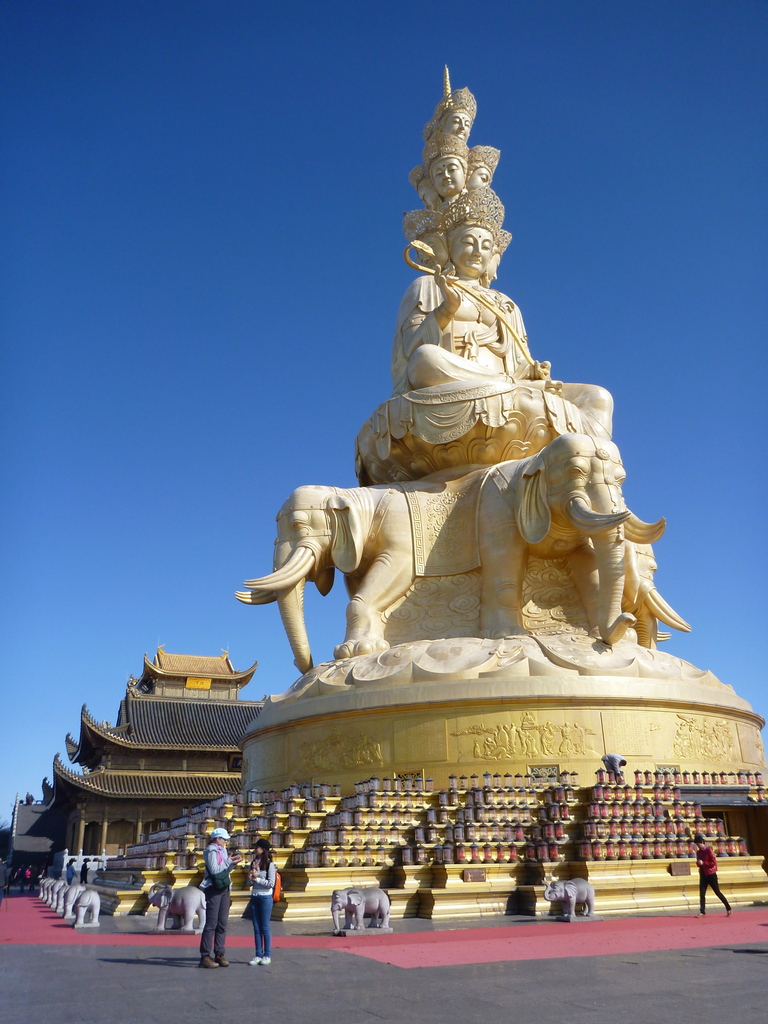
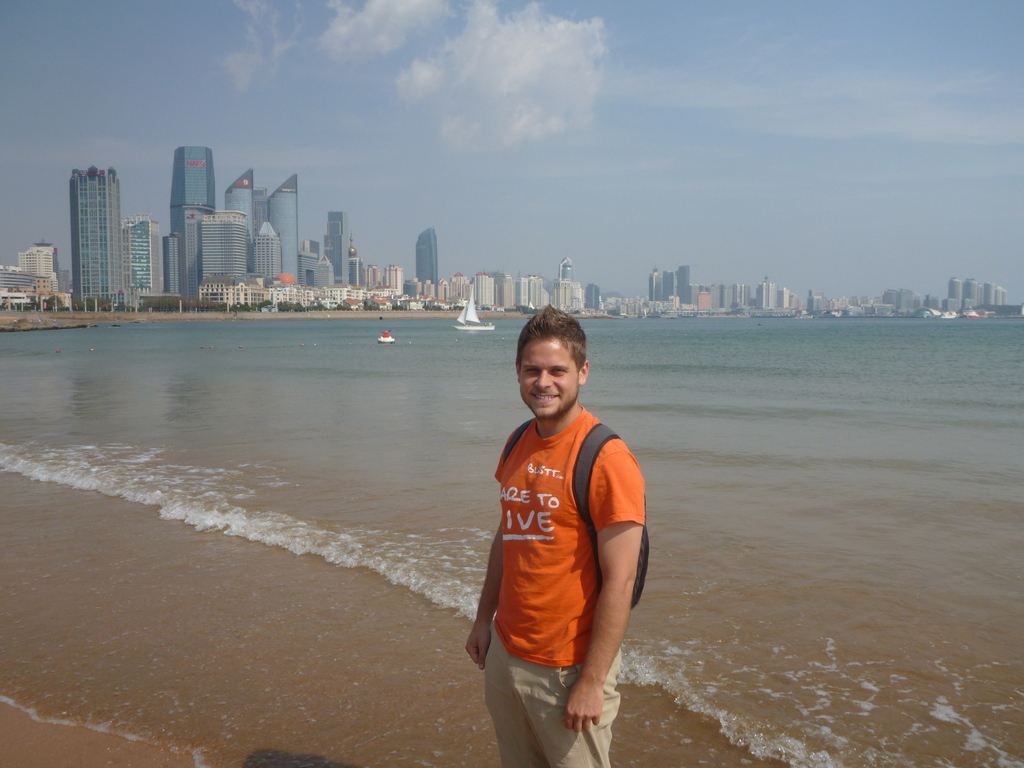

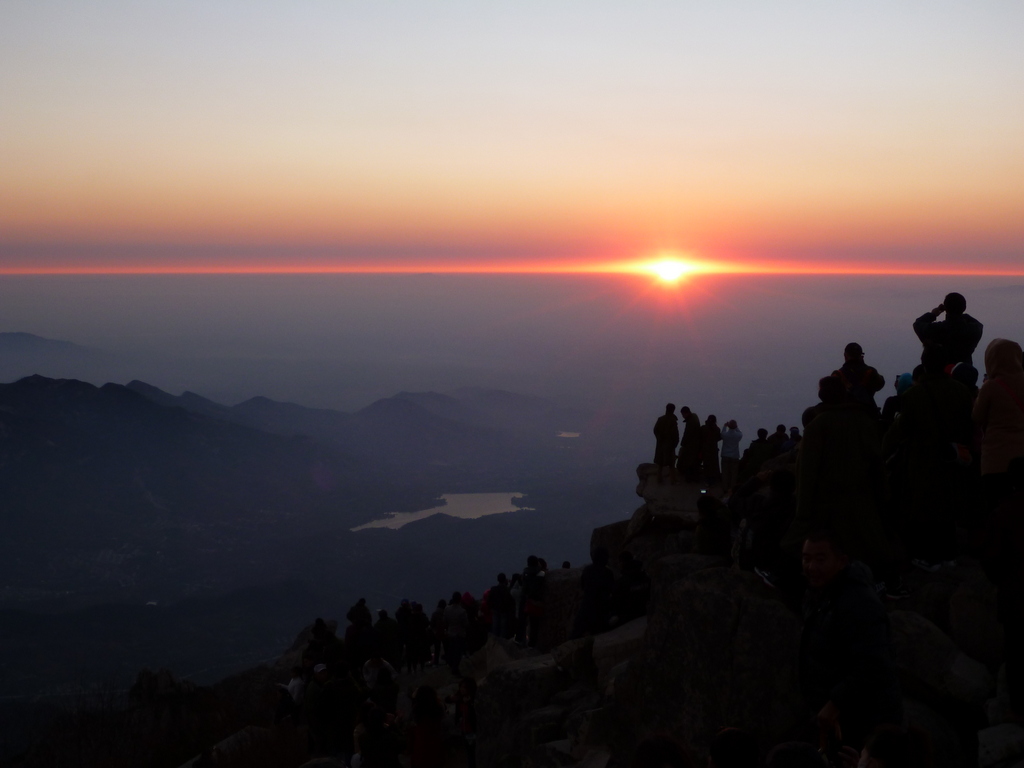
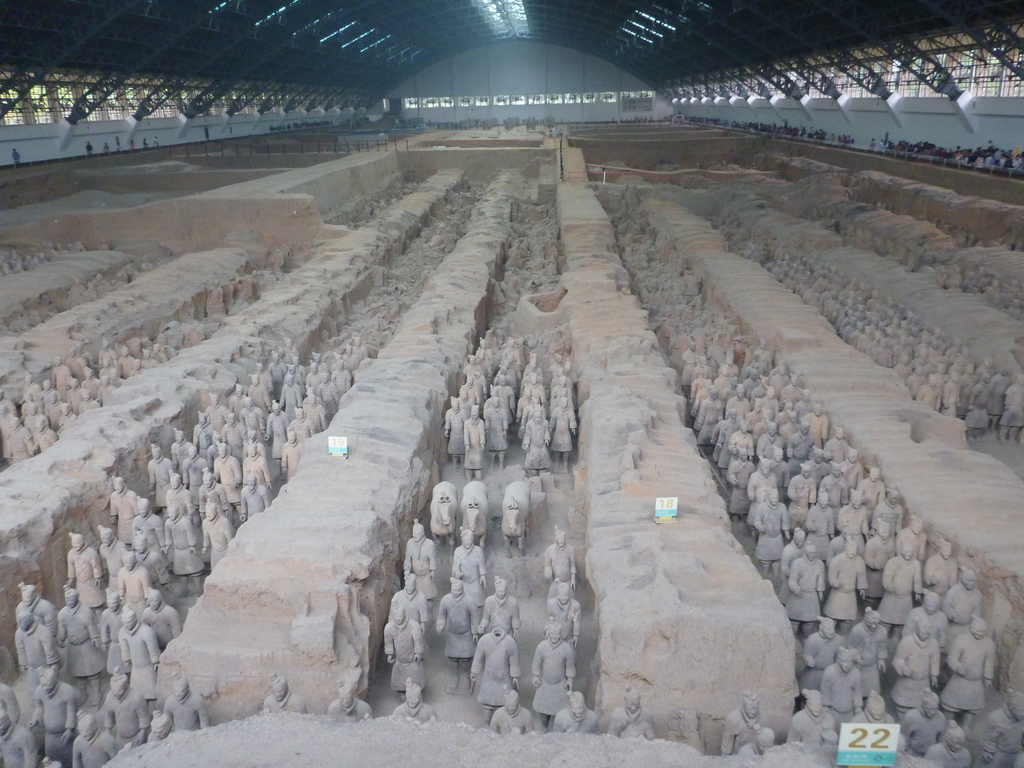
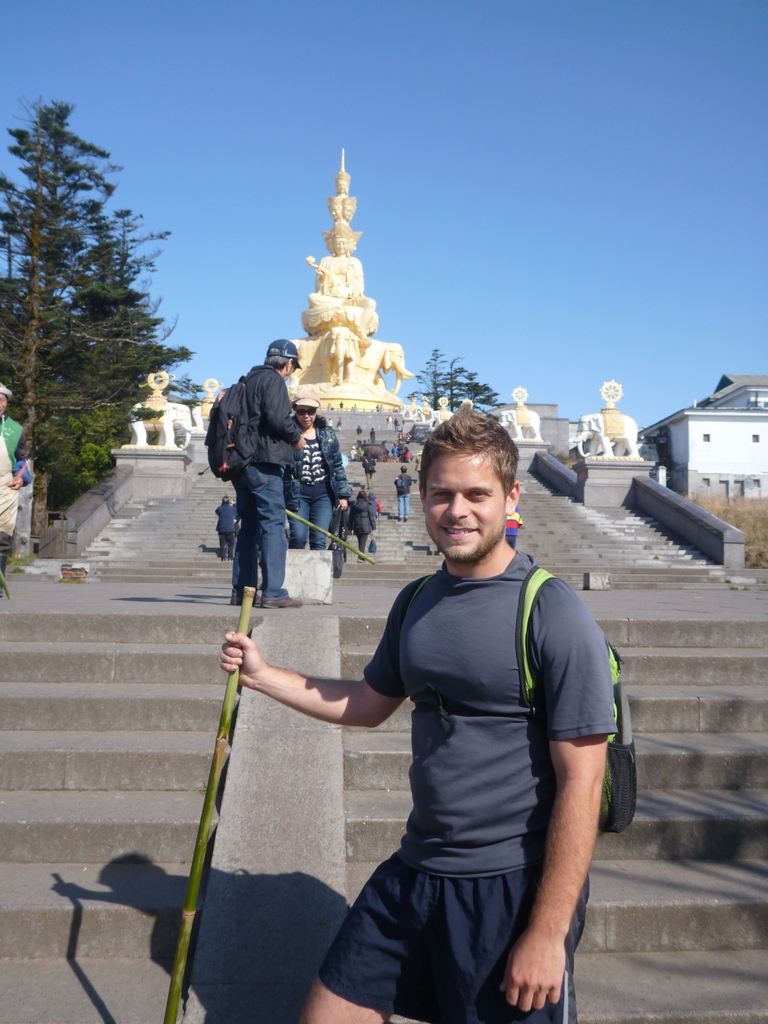

 I'm a travel junkie with an IT background. I backpacked around the world for 14 months creating adventures and learning. On this blog, you'll find stories and money saving travel tips that will help you make your travel dream a reality. Enjoy! Feel free to visit my social networking profiles below or my
I'm a travel junkie with an IT background. I backpacked around the world for 14 months creating adventures and learning. On this blog, you'll find stories and money saving travel tips that will help you make your travel dream a reality. Enjoy! Feel free to visit my social networking profiles below or my 



{ 1 trackback }